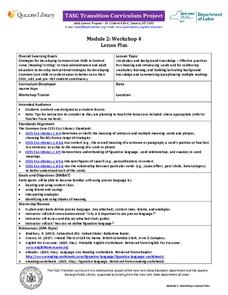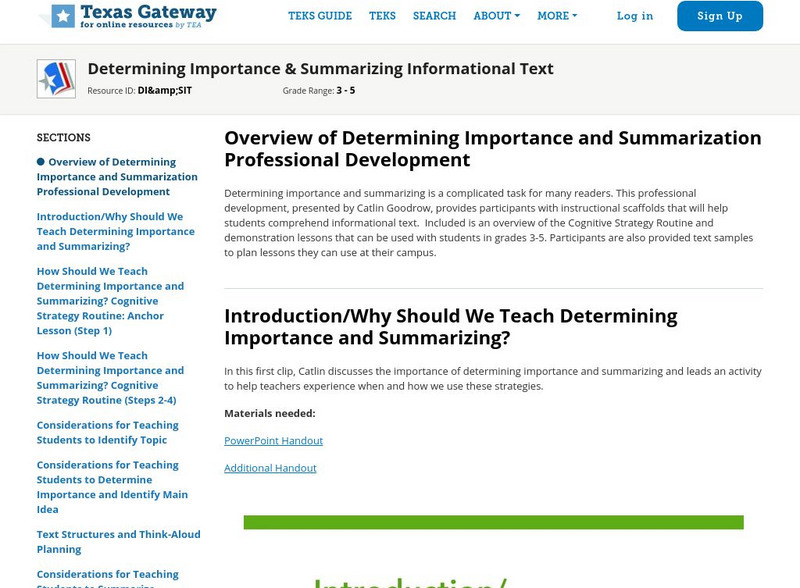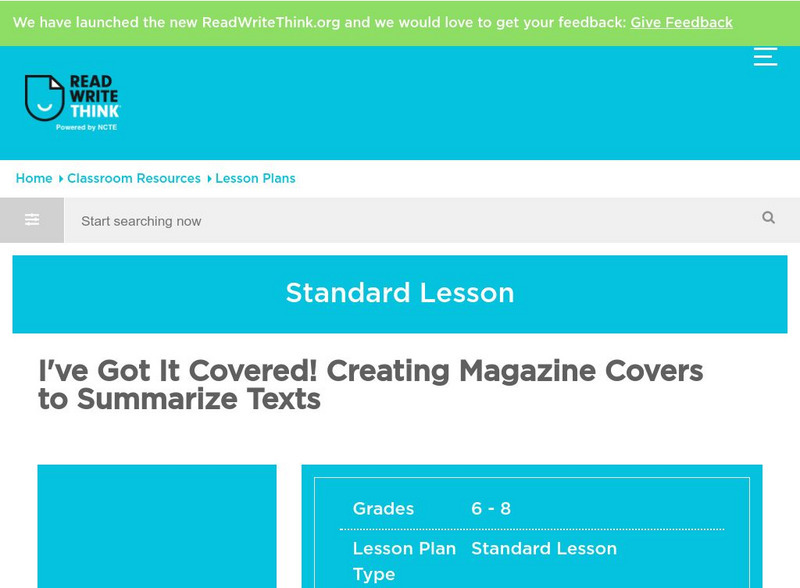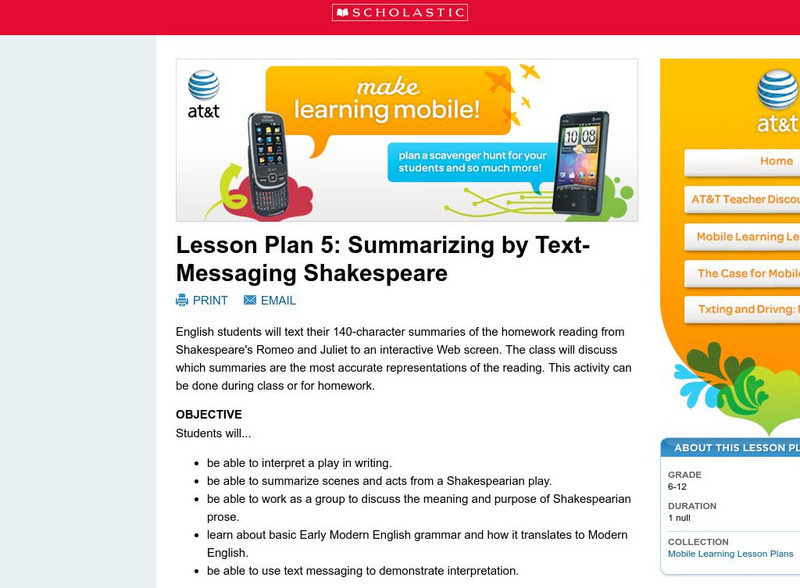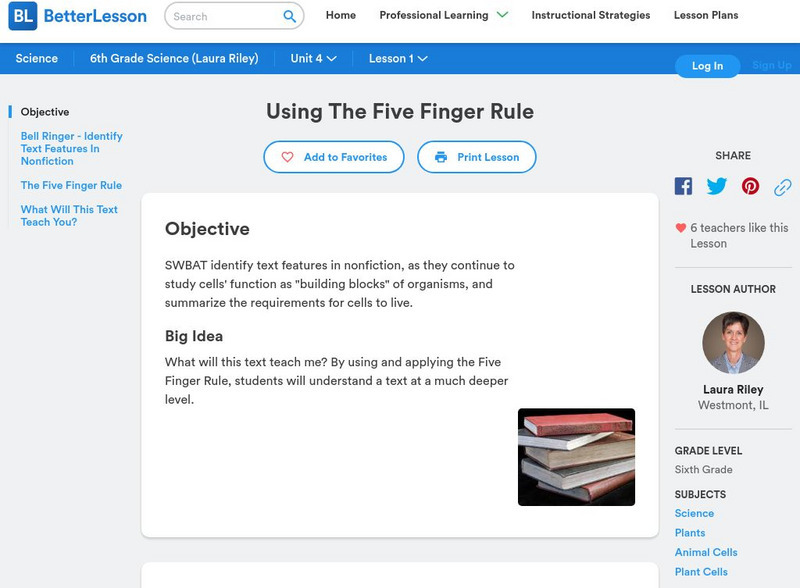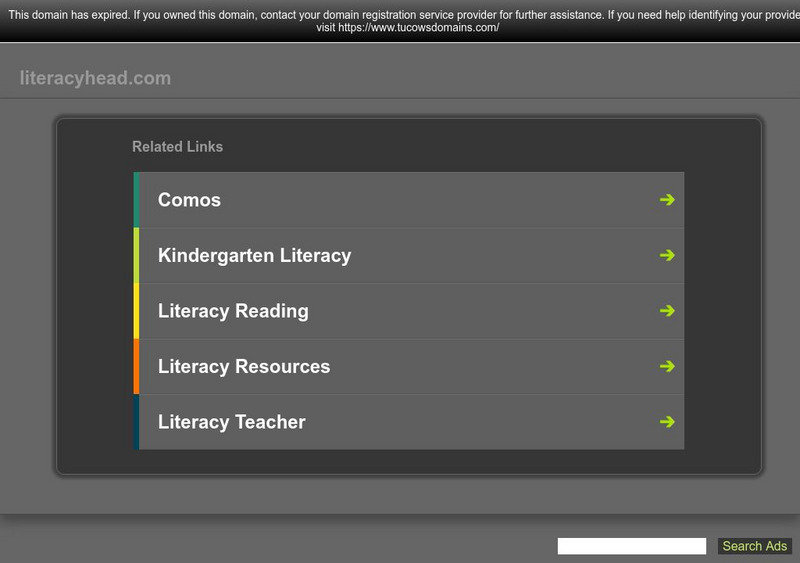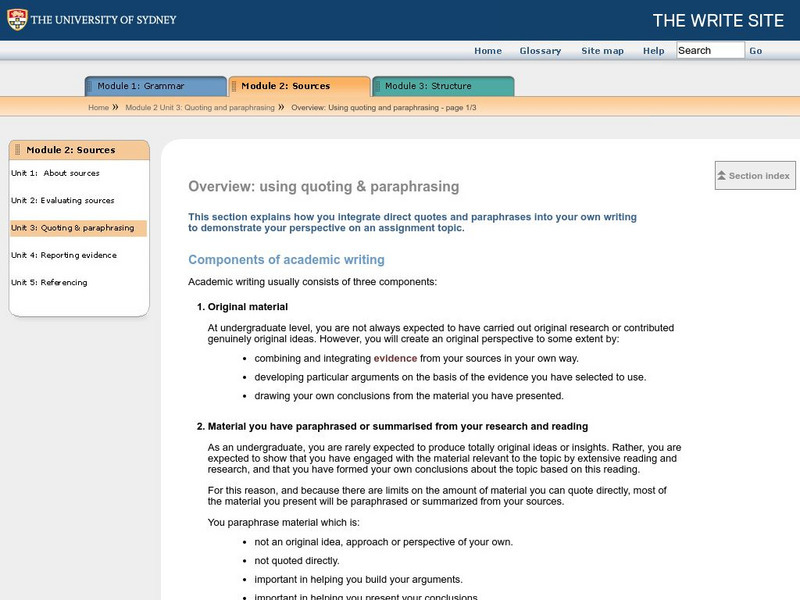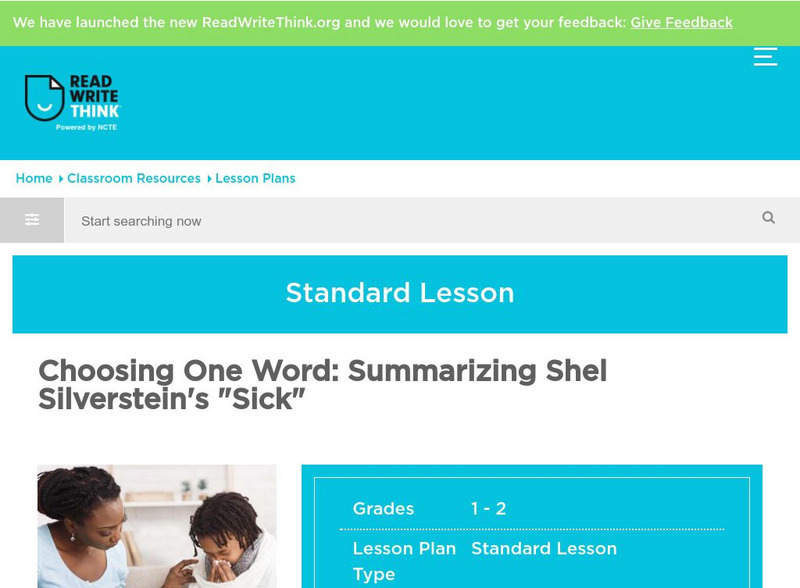New York State Education Department
TASC Transition Curriculum: Workshop 4
Why is it important to use precise language? Participants explore this question in the fourth activity in a series of 15 on effective instruction. Perfect for all content areas, the activity promotes appropriate language choice through...
New York State Education Department
TASC Transition Curriculum: Workshop 10
How have educational standards evolved? Educators of adults examine expectations in the 10th workshop out of 15 to better determine how standards have grown. Participants respond to a variety of sample questions to determine how they...
Transforming Education
Growth Mindset Strategies
Help your students develop a growth mindset with a list of sample strategies for prioritizing efforts instead of results.Pupils learn how to embrace mistakes, set high expectations, and focus on process over product.
Transforming Education
Self-Management Strategies
What self-management techniques help scholars achieve their goals? Readers review a list of strategies for managing stress, increasing motivation, and setting goals. They discover how to monitor their emotions, create checklists to stay...
Sophia Learning
Sophia: Summarizing a Source
This slideshow focuses on summarizing a research source; it lists the uses for summary, and explains what a summary is and is not. It explains how to summarize a text and incorporate it into a paper.
Texas Education Agency
Texas Gateway: Determining Importance & Summarizing Informational Text
These teacher resources focuses on why it is important to teach elementary students to determine the importance and to summarize informational text. It leads an activity to help teachers experience when and how we use these strategies.
ReadWriteThink
Read Write Think: Guided Comprehension: Summarizing
Lesson that introduces young scholars to the comprehension technique of summarizing. Students learn using the QuIP (questions into paragraphs) method which involves organizing information and putting it in writing.
ReadWriteThink
Read Write Think: Creating Magazine Covers to Summarize Texts
In this lesson, students will examine the ways in which a magazine cover's headlines and graphics express the main ideas of its articles. They will then use an interactive tool to create covers that summarize chapters of informational...
Scholastic
Scholastic: Summarizing by Text Messaging Shakespeare
This is a lesson in how to summarize a play by William Shakespeare, in this case Romeo and Juliet, by writing a 140-character text message for each selection that students are assigned to read. The text messages are sent to a website,...
Success Link
Success Link: Characters, Setting, Plot, Conclusion, and Summarizing a Story
This lesson plan offers a step-by-step procedure for teaching students how to identify story elements and to summarize a story. It explains how to use a "Who Am I" activity, as well as a linkage activity in identifying characters and...
Writing Fix
Writing Fix: Summarizing Mathematical Learning With the Important Book
In this lesson plan, The Important Book by Margaret Wise Brown is used as a mentor text. Students will create an illustrated paragraph about a particular math topic. Students will use the mentor text and attempt to adapt the author's...
Lumen Learning
Lumen: Using Sources: Applying Paraphrase, Summary, and Quotation
This activity focuses on when to use paraphrase, summary, and quotation to integrate source material into your paper.
Lumen Learning
Lumen: Using Sources: Paraphrase and Summary
This lesson focuses on how to integrate source material using paraphrase and summary and the differences between the two. It also provides a practice exercise.
Writing Fix
Writing Fix: Snowball Note Making and Summarizing
In this lesson, students will engage in this post-reading strategy for a nonfiction or a fiction piece. Each student will take notes on a four-square square graphic organizer about something they already knew, something they found...
CK-12 Foundation
Ck 12: Earth Science: Uses of Water Study Guide
[Free Registration/Login may be required to access all resource tools.] This study guide summarizes the key points about the uses of water. Includes a few questions to check for understanding.
Better Lesson
Better Lesson: Using the Five Finger Rule
Students identify text features in nonfiction, as they continue to study cells' function as building blocks of organisms, and summarize the requirements for cells to live.
ReadWriteThink
Read Write Think: Reading Informational Texts Using the 3 2 1 Strategy
Learners can count on using the 3-2-1 strategy to help them successfully comprehend and write about an informational text.
Literacy Head
Literacyhead: Images to Give Writers Ideas: Summarizing
A collection of images to serve as writing prompts for students.
Louisiana Department of Education
Louisiana Doe: Curriculum Hub: Ela Guidebooks: Teenage Brain: Summarizing Research Sources
We will summarize the sources used in our research to establish our initial understanding.
McGraw Hill
Mc Graw Hill: How to Use Strategies to Teach Students to Access Complex Texts
In this short video, the strategies of summarizing, clarifying, and asking-answering questions are used. These instructional tools will help teachers show students how to access complex texts. [5:54] CCSS.ELA-Literacy.CCRA.R.10
Science Education Resource Center at Carleton College
Serc: Boyle's Law Investigation Using Marshmallows in a Syringe
This activity is designed to accompany lecture on Boyle's law. Students use manipulatives to demonstrate the principles of Boyle's law then summarize their observations on the accompanying worksheet.
ReadWriteThink
Read Write Think: Using Comprehension Strategies With Elie Wiesel's Night
Working in small groups, students read and discuss Elie Wiesel's memoir Night and then take turns assuming the "teacher" role, as the class works with four different comprehension strategies.RI.11-12.4 Word meaning, RI.11-12.10b Text...
University of Sydney (Australia)
The Write Site: Overview: Using Quoting & Paraphrasing
This learning module explains the components of academic writing. The module includes the following topics: original material, paraphrased content, summarized information, and direct quotations.
ReadWriteThink
Read Write Think: Choosing One Word Summarizing Shel Silverstein?s ?Sick?
Contains plans for two 50-minute lessons that ask students to identify the most important word in a piece of writing. Shel Silverstein?s poem ?Sick? is used as an example. In addition to student objectives and standards, this...
Other popular searches
- Summarizing Using Stellaluna
- Summarizing Using 5 Ws
- Summarizing Using Key Ideas
- Summarizing Using Stealing
- Summarizing Using 5 Sw
